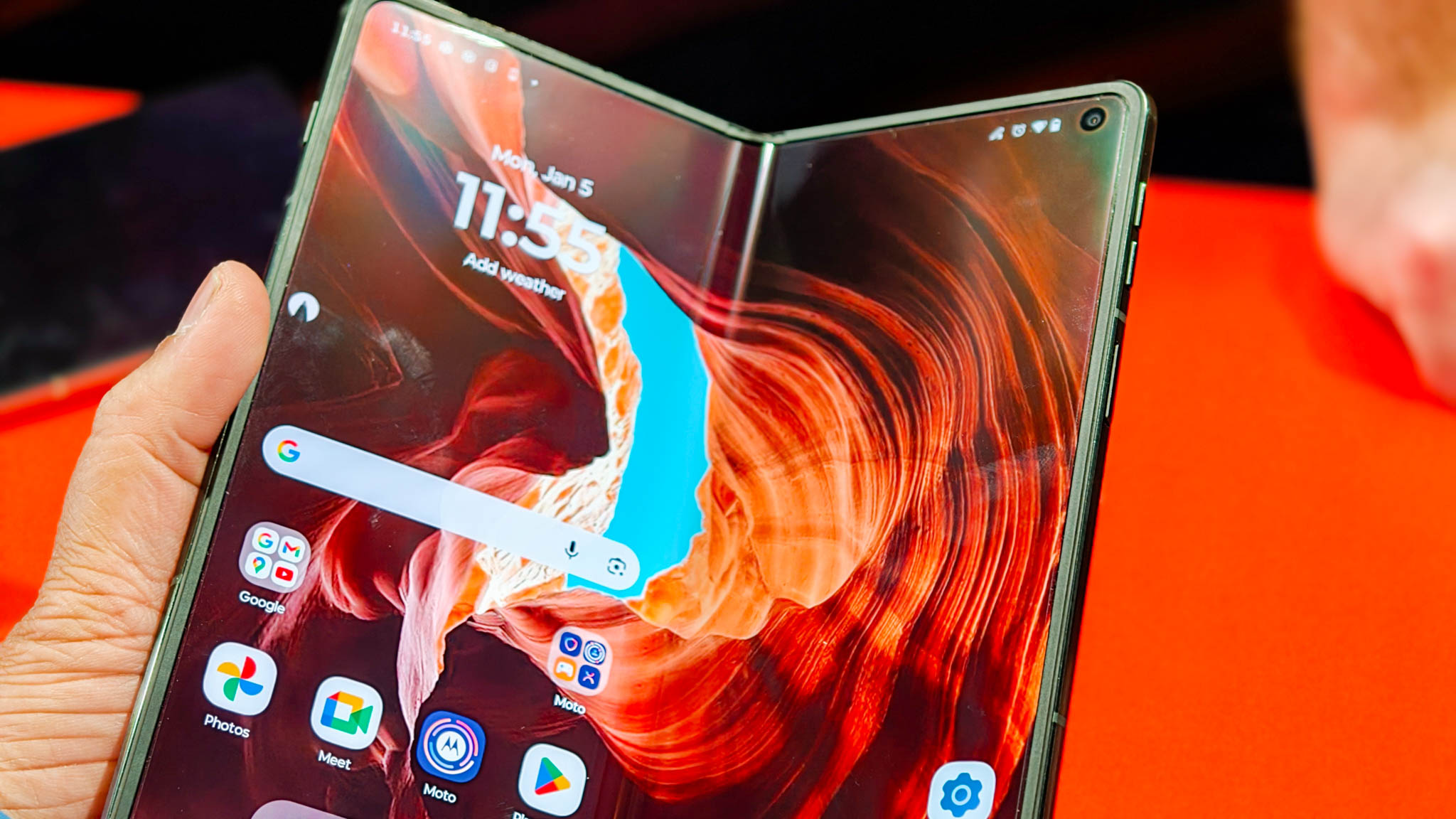I never expected to love the Apple Watch Ultra 2 so much, and now I'm in trouble
Despite its SpO2 controversy and painful price, the Watch 2 makes it tough to go back to some of my favorite smartwatches.
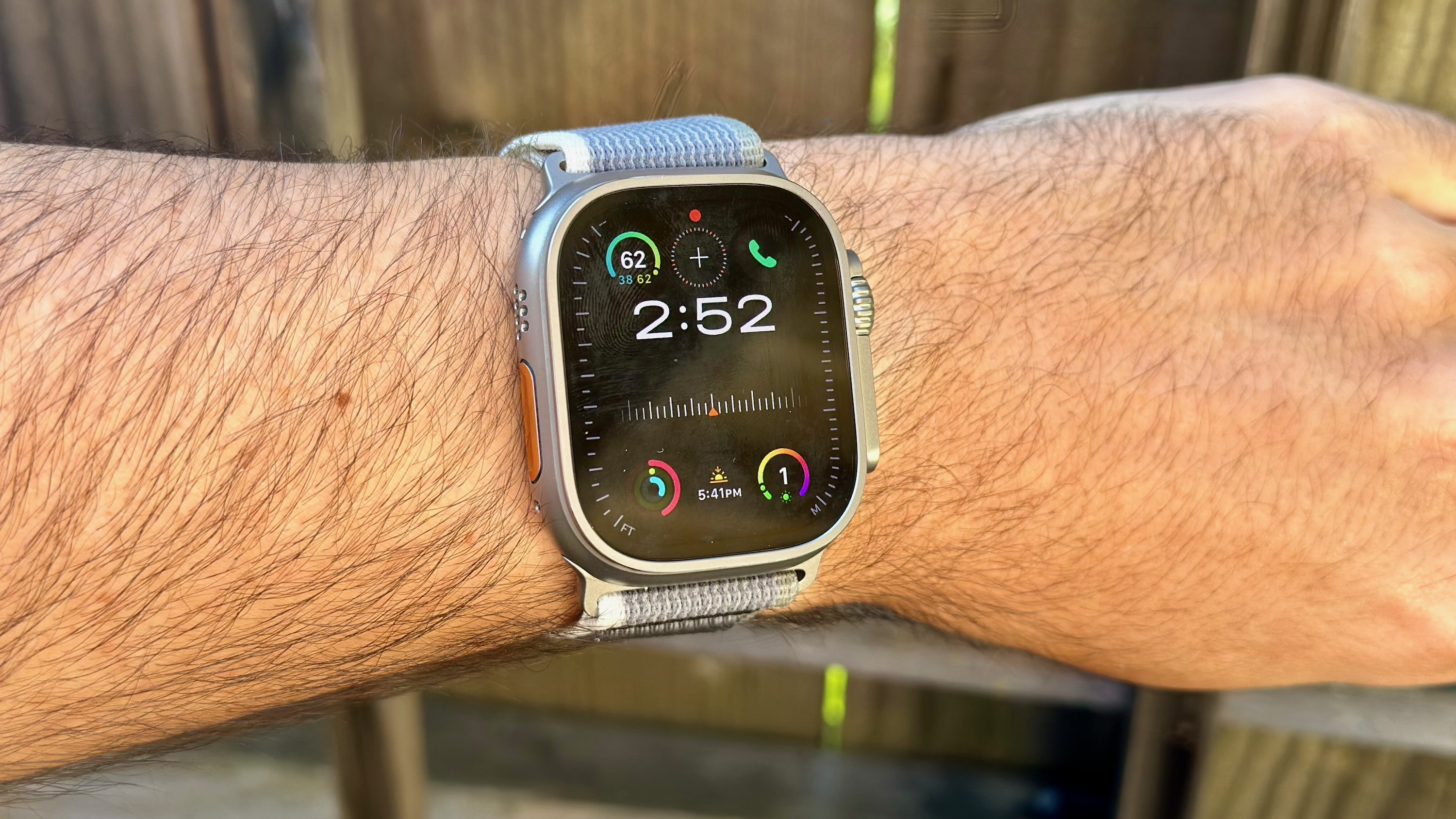
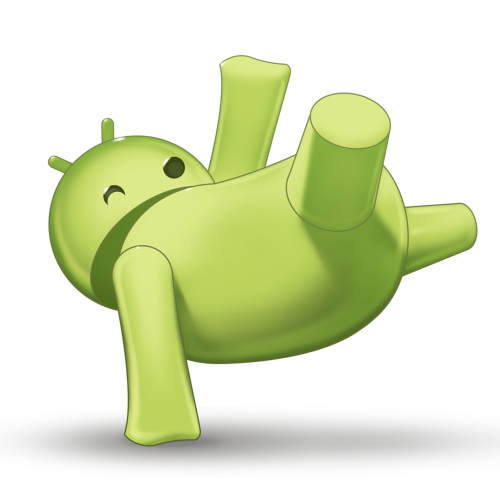
In this weekly column, Android Central Fitness Editor Michael Hicks talks about the world of wearables, apps, and fitness tech related to running and health, in his quest to get faster and more fit.
I've owned four iPhones in my life (4, 6, XR, and 14 Pro), but up until last fall, I had never bought an Apple Watch. My 20s self was too cheap for accessories, didn't care a whit about health, and thought it was too casual for runners. Only after I'd started using Android phones and watches did I try my first one, the Apple Watch Ultra 2.
Three months later, I regret to inform my Android-loving readers that they're missing out. The Apple Watch Ultra 2 isn't perfect, and the SpO2 patent scandal made me delay writing this for a couple of months. But now that I've gotten used to its perks and tricks, it's hard to switch back to alternatives.
Now that I'm in my 30s — suddenly aware of concepts like mortality and body fat percentage — smartwatches have become much more interesting to me. It's why I shoved my way into this role as Wearables Editor, getting the chance to review Android watches like the Galaxy Watch 6 or fitness watches like the Garmin Forerunner 965.
In this context, the Apple Watch Ultra 2 holds up against all of the competing wearables I've worn in the last few years. After I return the unit Apple lent me, I'll seriously consider buying another one or the inevitable Ultra 3, despite the fact that my current daily watch (the Forerunner 965) has tools for runners that Apple is in no position to offer (yet).
Confession of an ashamed squircle fan
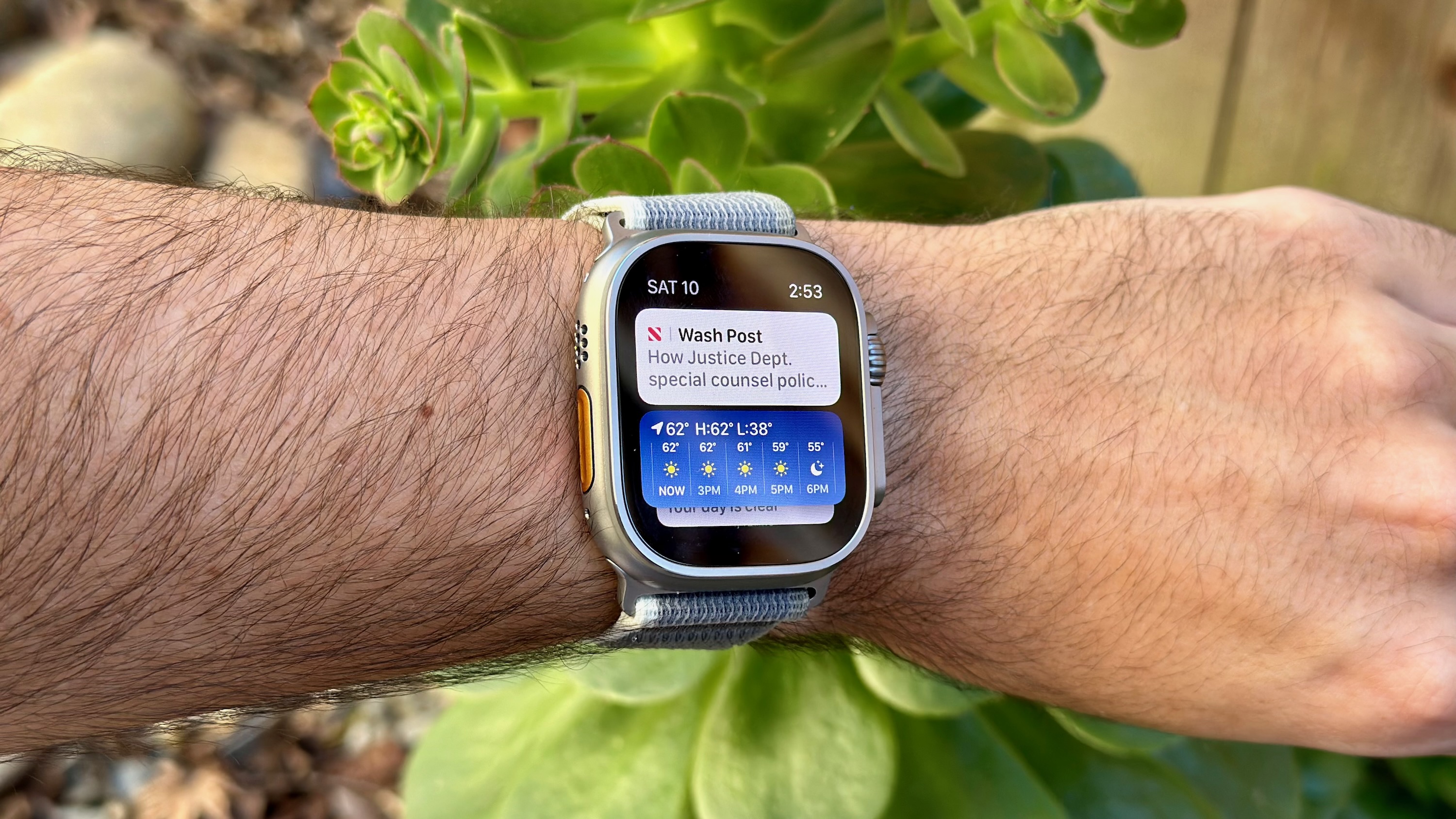
One of the most common refrains of my Android Central coworkers is how much they despise the squircle look compared to a classic, round-edged smartwatch. I can't fault them for their bias, either. All the Apple lookalikes from Amazfit, Fitbit, and other fitness brands make me associate squircles with cheap quality.
Co-workers, skip to the next section so you don't lose all respect for me. To everyone else, well, you know that your typical rounded smartwatch UI is like looking at a smartphone through a microscope. You get a really good look at one Tile or app at a time with blown-up text, but the design is limited because things need to sit in the vertical center to be properly visible. Anything on the edge would be cut off, so they make you swipe a bezel or turn a crown to see more.
The Apple Watch Ultra 2 fits more information on my wrist in a more visually pleasing way, full stop. With any given menu, you can see more rows or columns of buttons (or just bigger buttons) than Wear OS can offer, and anything that's on display is fully visible, even if it's on the top or bottom edge.
Get the latest news from Android Central, your trusted companion in the world of Android
I'm not pointing out anything revolutionary here, but I'll just say it: I like having a 1.9-inch display! The default Modular Ultra watch face fits so many complications that you can check a ton of information without having to touch anything. Meanwhile, if you try to give a circular watch a 1.6-inch display or larger, it becomes so cartoonishly big that it loses any semblance of "style" to begin with.
Since no Android watch is going to steal Apple's aesthetic anytime soon, that means going back to a smaller display with the Pixel Watch 3 or Galaxy Watch 7, and that'll be a tough adjustment.
Why the Apple Watch Ultra 2 appeals to me as an athlete
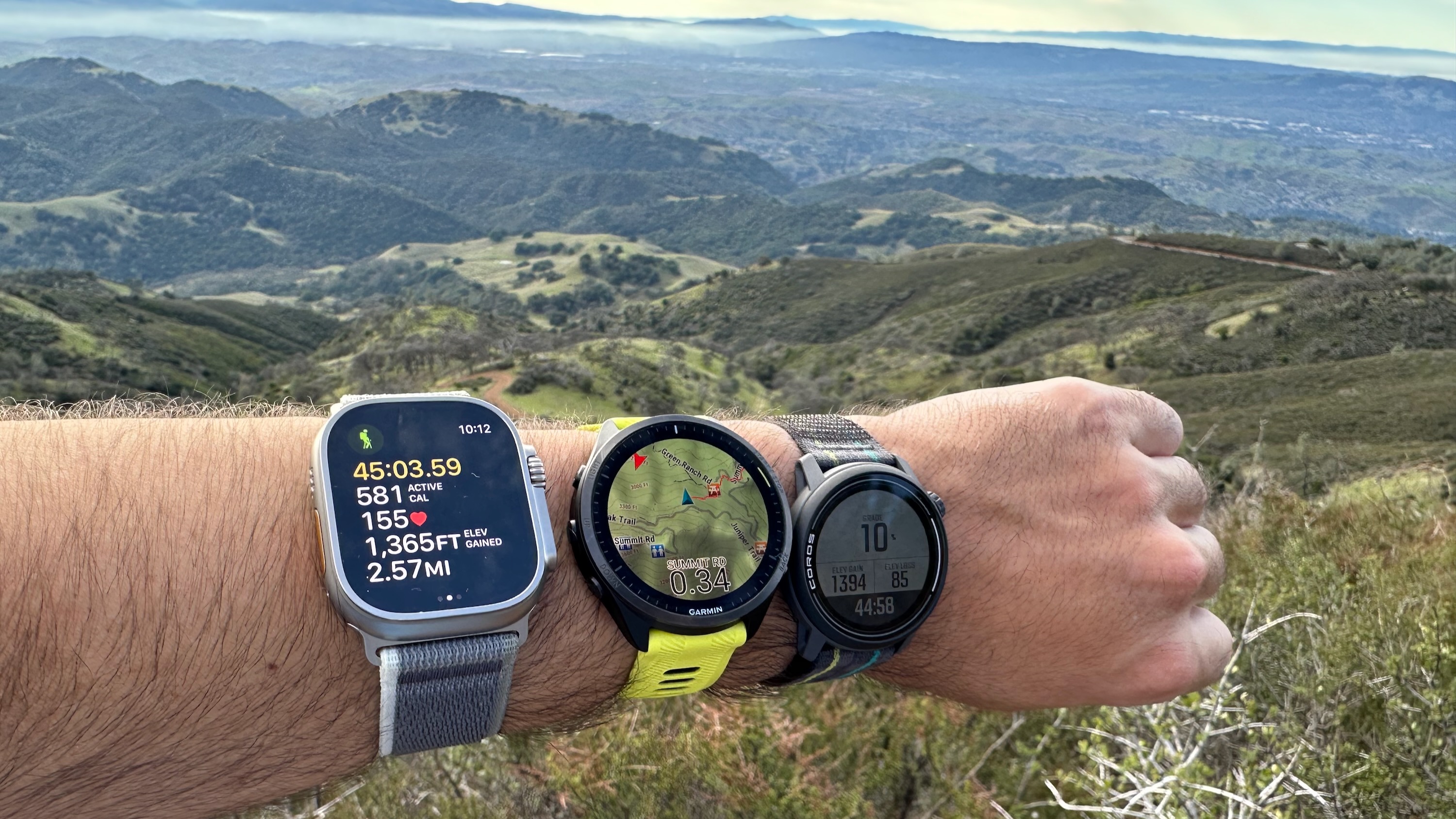
I'll do a full-scale review of the Apple Watch Ultra 2 at some point, so I'm not going to spend 1,000 words fully explaining everything it does well. I'll simply start with the fact that I actually trust the accuracy of its results, whereas other brands (read: Samsung) don't put in the effort.
The Ultra 2 heart rate matches my COROS Heart Rate Monitor data closely, and the Ultra 2 went toe-to-toe with the Forerunner 965 in elevation accuracy. The dual-frequency GPS, combined with the Apple Maps algorithm, gives me excellent GPS data, even if it's slightly more prone to brief, random blips off course than Garmin.
On the health result front, Apple's nylon Trail Loop band ensures the Ultra 2 naturally and comfortably sits flush on your wrist for the best results. With a silicone strap, you have to find the right lug hole, and there's always the chance of choosing one that's too tight or loose that messes with your data.
As for accuracy, aside from Apple's L1+L5 satellite data being on point, I'm honestly stunned that Apple's 12-hour GPS battery life estimate seems to hold up to scrutiny. Watches like the COROS PACE 3 or Garmin Forerunner 265 last for weeks per charge but only 14–15 hours with dual-band GPS. So long as you charge your Ultra 2 before a race or all-day hike, it'll come close to what a dedicated running watch can offer.
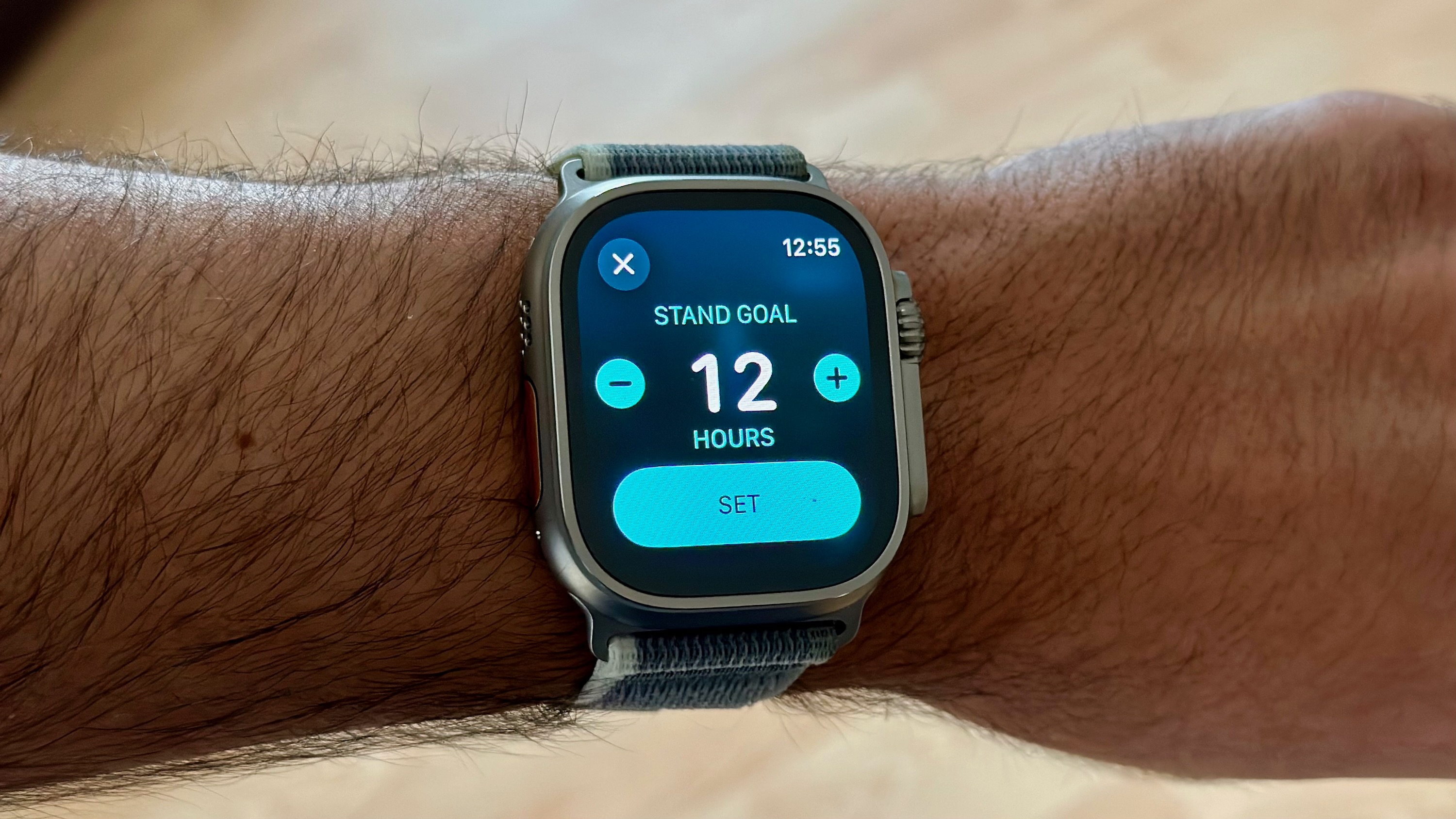
When it comes to move alerts, it's a mixed bag. Apple's "close your rings" concept is iconic for a reason, and I love the reminders to stand up during the day (even if they're annoying) and the satisfaction of hitting daily goals. I do notice that the Ultra 2 occasionally registers my restless leg syndrome as standing and stepping, though, and Fitbit's move alerts are healthier.
When hiking, you're not going to get as many robust mapping tools as the Garmin Forerunner 965 or the extra space of a GPSMAP 67i. Any fans of offline GPX maps will have to use a third-party app, too. Otherwise, you can check Maps for topographic data that looks gorgeous on the 3,000 nit display, or use the offline Siri to mark a waypoint somewhere, then use trackback to create an arrow on the compass to point you back in the right direction.
Even if it doesn't have everything a serious multi-day hiker might need, it certainly has more than enough for an everyday climb — especially the SOS shortcut for emergencies, an accurate altimeter and compass, and built-in cellular to find nearby landmarks.
I can't speak to the cycling features added in watchOS 10 or how well the Ultra 2 does as a diving watch. For running, at least, you get custom heart rate zones, running form analysis, and the option to follow custom workouts. The default workout screen, with a ton of ultra-bright data visible without having to scroll, is a nice perk to counterbalance how heavy the Ultra 2 can feel.
What Apple lacks is proper workout suggestions or training effect data, which Garmin provides and has helped me boost my VO2 Max by about 5 points in the last six months. If Apple actually starts pairing its workout results with those kinds of fitness recommendations — even if it makes you pay for Fitness Plus to get them — that could be the final piece of the puzzle for me.
There's no going back
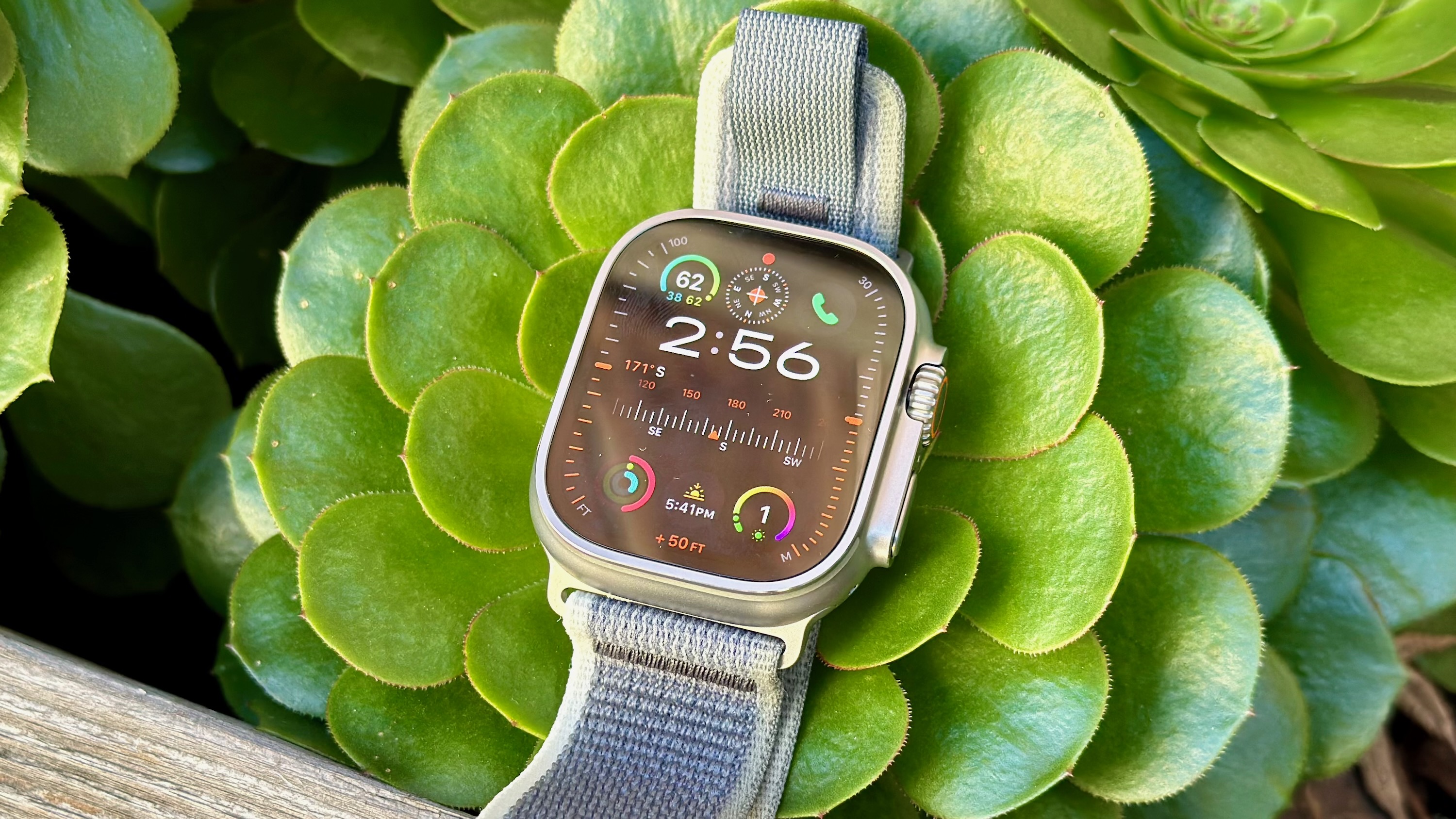
Now that I've used the Apple Watch Ultra 2, it's hard to imagine downgrading to a standard "Series" Apple Watch with an 18-hour battery life, less reliable GPS and durable materials, and all the other upgrades I've gotten used to. I've fallen right into Apple's quality trap, which means giving them a bunch of money every few years for a device I successfully ignored for a decade.
As of right now, none of the best Android smartwatches provide anything similar to an Ultra 2 experience — which makes sense, given they mostly cost $400–500 less. My hope, though, is that more brands start offering a premium smartwatch experience, instead of letting Apple own that space.
Samsung is the first and most obvious candidate, but only if it does much better with the Galaxy Watch 7 Pro than it did with the Watch 5 Pro. That had the makings of a great mainstream fitness watch because of the military-grade titanium build and three-day battery life, but it was hampered by a lack of exciting fitness software and a horrible default watch band for workouts.
In the meantime, my Garmin Forerunner 965 is still the running crutch I need for coaching, given that Apple Fitness Plus focuses solely on indoor training. If that ever changes, well...I'm not saying I'll give up on Garmin, which will continue to innovate and leave Apple playing catch-up.
I am saying that if Apple keeps wooing athletes like me every year with a more balanced smarts-fitness experience and a fantastic design, then maybe I'm going to have to keep a Garmin for my running and an Apple Watch Ultra for everything else.

Michael is Android Central's resident expert on wearables and fitness. Before joining Android Central, he freelanced for years at Techradar, Wareable, Windows Central, and Digital Trends. Channeling his love of running, he established himself as an expert on fitness watches, testing and reviewing models from Garmin, Fitbit, Samsung, Apple, COROS, Polar, Amazfit, Suunto, and more.
